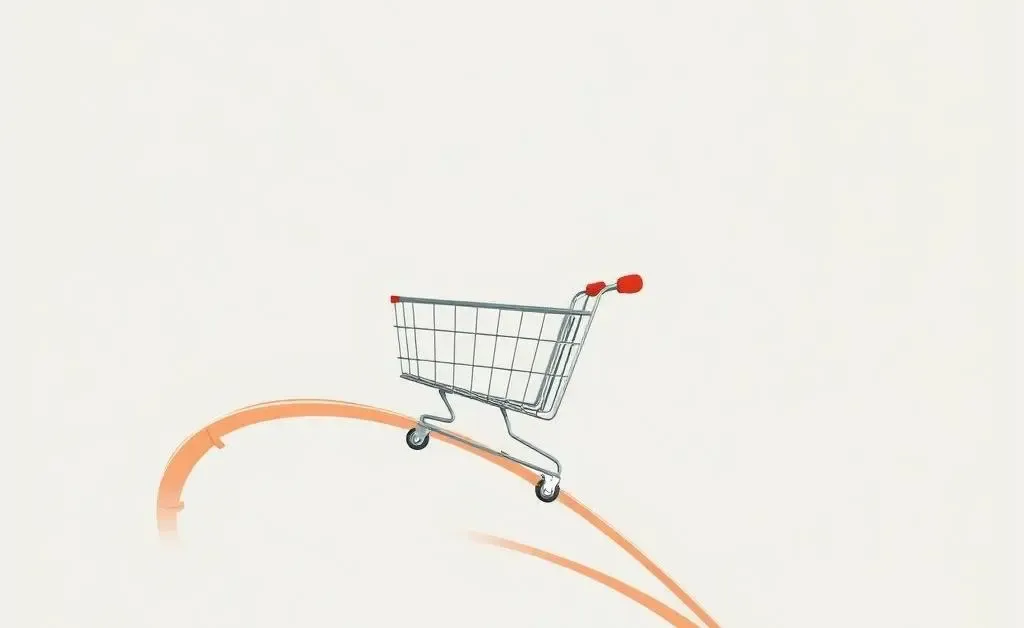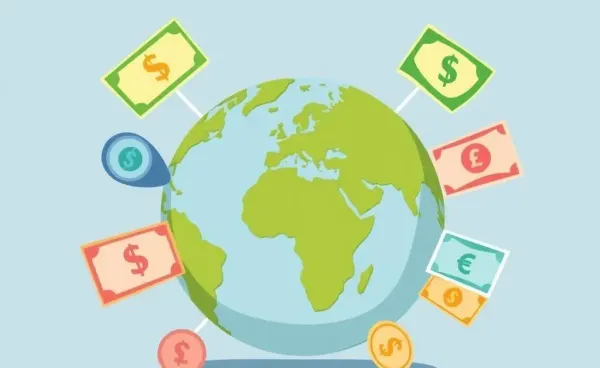Navigating Inflation: Understanding PPI and Its Impact on Your Finances
Curious about PPI and its effect on your wallet? Our friendly guide breaks it down.

Have you ever wondered why your grocery bill seems to creep up every month without any major changes in your shopping habits? It might be due to something called the Producer Price Index (PPI). But what is PPI, and how does it really affect your day-to-day life and finances?
What Is the Producer Price Index?
Put simply, the Producer Price Index is a measure of inflation at the wholesale level, before it reaches you, the consumer. It's a key economic indicator that provides insights into the trends affecting the prices producers receive for their goods.
Why Should You Care?
Let's be honest, talking about indices and economic metrics might sound dull, but here’s where it gets interesting: PPI gives us a peek behind the business curtain. It's like when you see a market trending, and you realize it's all part of a bigger story—one that could affect how much you're paying at the pump or for that morning coffee.

How PPI Affects Your Wallet
Alright, storytime! Picture Jane, a fictional small business owner. She’s been noticing her supplier costs rising, which echoes through her pricing strategy, affecting how much her customers, perhaps like you, pay at the checkout.
- Higher PPI? Expect potential price hikes on consumer goods.
- Consistently increasing PPI? It might signal broader inflation trends.
- Is PPI stabilizing? Price relief might be on the horizon.
Navigating These Trends
Understanding PPI helps you make smarter spending decisions. Here are some practical tips you can follow:

- Stay Informed: Keep an eye on PPI reports to anticipate price changes.
- Budget Adjustments: Adjust your budget according to how these trends might impact your expenses.
- Smart Shopping: Plan purchases around potential price shifts.
Conclusion
So, next time you hear about the PPI in the news, remember—it's more than numbers on a chart. It’s a tool you can use to navigate the financial road ahead. How do you think changes in PPI could alter your future budget planning?





